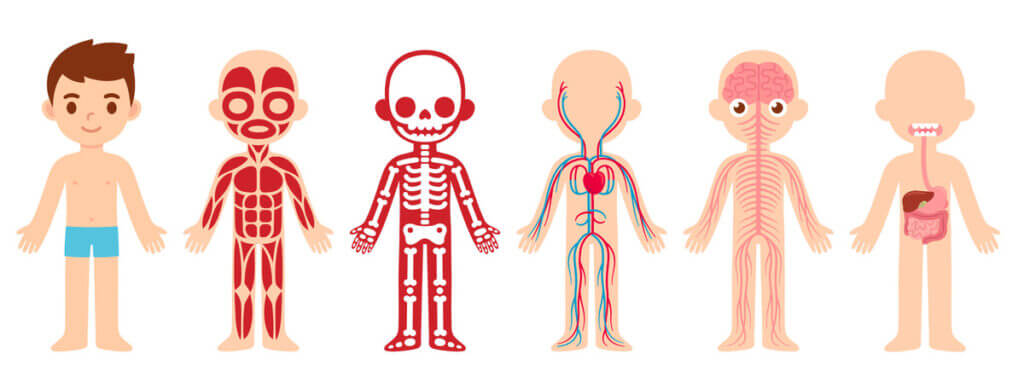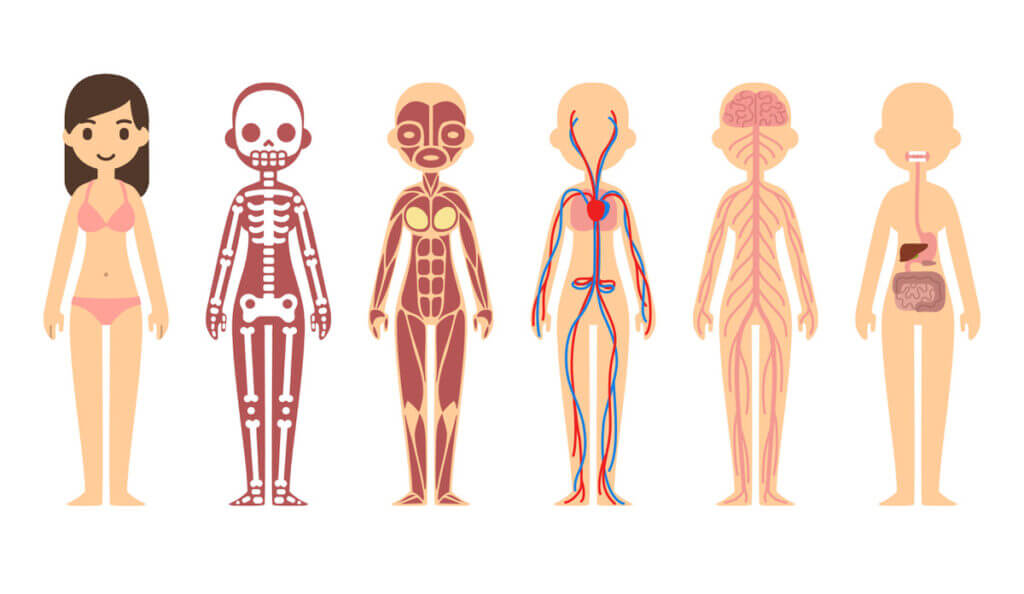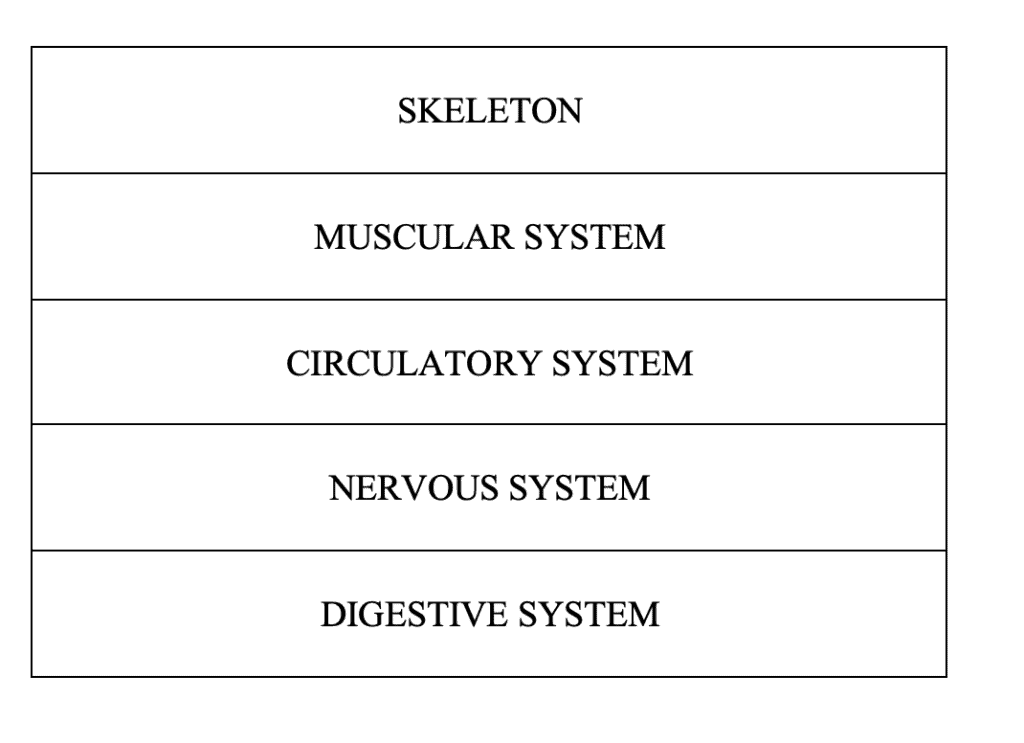1. Opening circle (10 min)
Big circle: How do you feel now, what happened to you during the last week?
2. Count it! (15 min)
The facilitator explains what the pulse is and where it can be measured (at the wrist, temple or neck). Participants measure their pulse first in a relaxed state, then after making 30 squats.
In a relaxed state the pulse rate should be around 70/min, but it is considered normal from 50/min to 120/min. The pulse rate depends on the age (babies and small children have a faster pulse rate), gender (women usually have a faster pulse rate) and fitness (athletes usually have a slower pulse rate).
Participants then count their own teeth and the facilitator encourages a discussion about how many milk teeth they have. Children have 20 milk teeth, adults have 32 teeth, but the wisdom teeth do not always appear.
3. Our wounds (15 min)
Participants are encouraged to show their wounds if they feel comfortable about them. The facilitator encourages a discussion about how they got their wounds, how much they hurt, how much it bled, what they did, who helped them. What would they do if they cut their finger, burnt themselves, fell over? How would they clean the wound? How would they help others who need first aid? When should they call for adult help?
4. The systems within (15 min)
Participants work in groups. Each group gets the pictures in Annex 1 (if there are only girl/boy participants in the group, they only get that picture, if the group is mixed, they get both). based on the pictures, the groups should describe what kind of systems work in our body.
If they need help, the facilitator gives them the word cards in Annex 2 and asks questions on what these system do and what happens if something goes wrong with them.
The skeleton is the framework that provides structure to the rest of the body and facilitates movement. An adult has approximately 206 bones, a newborn has 270, but in adolescence some bones get fused together. The facilitator encourages a discussion about whether anybody has ever broken a bone.
The muscular system has 350 muscles. It permits movement of the body, maintains posture and circulates blood throughout the body. The facilitator encourages the participants to show how muscular they are.
The circulatory system permits blood to ciculate in the body. The facilitator encourages a discussion about stenosis and the problems it causes.
The nervous system coordinates the body’s actions and sensory information by transmitting signals to and from different parts of the body. The facilitator explains that for example when a needle pricks one’s finger, the information is first transmitted to the brain, then one feels pain, hisses and the body starts the healing process immediately.
The digestive system manages the breakdown of food into smaller and smaller components, until they can be absorbed and assimilated into the body. The facilitator encourages a discussion about overeating or not eating enough.
5. Closing circle (5 min)
What are you taking away from this workshop? What was the best/ most difficult?
Which school subject would you connect this workshop to?
Annex 1


Annex 2

